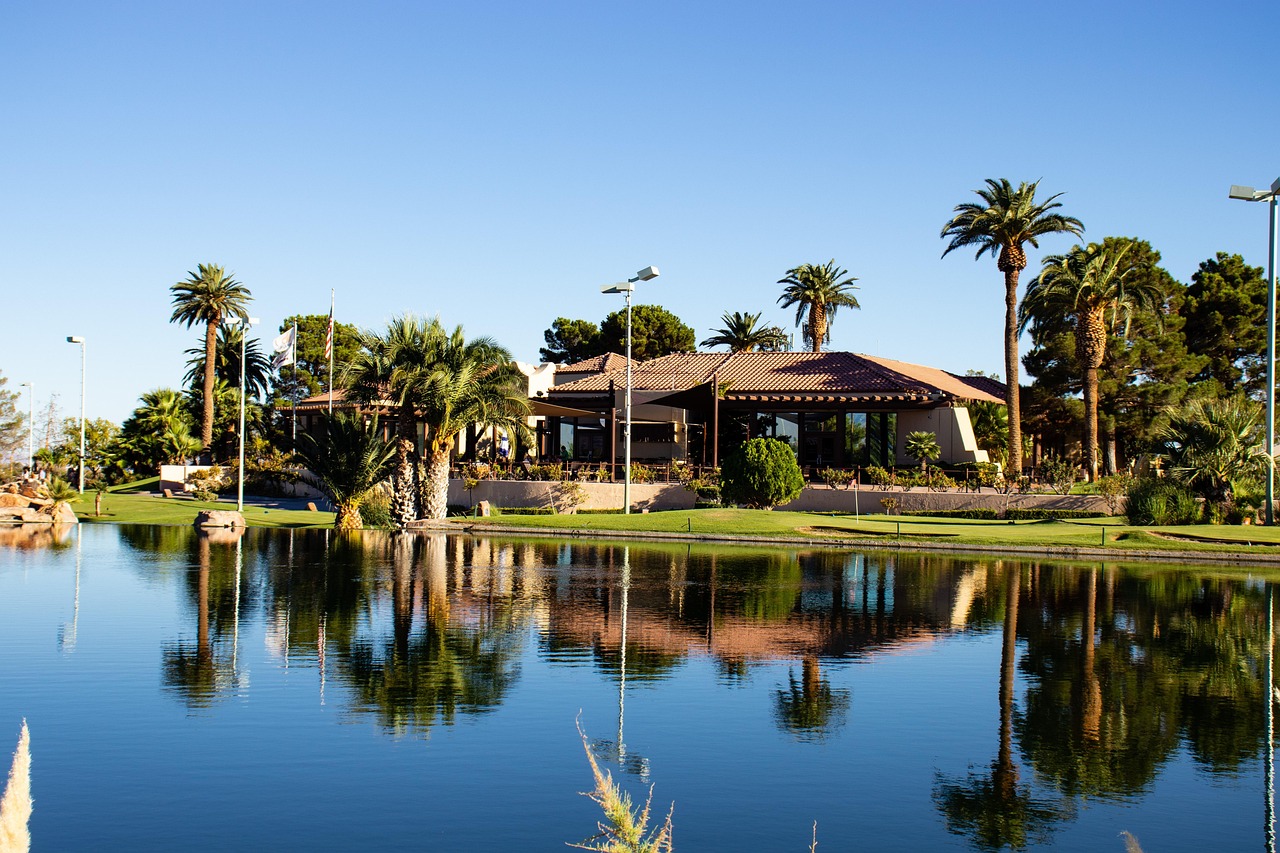Ensuring the longevity and durability of commercial buildings requires meticulous attention to various construction aspects, among which waterproofing stands out as a critical component. Commercial waterproofing is essential in protecting structures from water damage, which can lead to costly repairs and even structural failure if not addressed properly. From office buildings to shopping centers, almost every commercial structure benefits from effective waterproofing solutions.
Water infiltration can have devastating effects on a building’s integrity. It can cause mold growth, wood rot, and corrosion of metal components, all of which compromise the safety and usability of the structure. In regions with heavy rainfall or high humidity, the risks are even greater, making waterproofing a priority for property owners and managers. Understanding the types of waterproofing systems available and when to apply them is crucial for maintaining a building’s health.
One of the most common waterproofing solutions is the use of liquid membranes. These membranes are applied as a liquid coating that forms a seamless barrier, preventing water from penetrating the surface. This method is versatile and can be used on a variety of substrates, making it ideal for complex structures with numerous joints and corners. For those interested in exploring this option, a detailed overview of commercial waterproofing can provide valuable insights into the benefits and application processes of liquid membranes.
In addition to liquid membranes, other popular waterproofing methods include sheet membranes, cementitious coatings, and bituminous systems. Each has its own advantages and is suited to different parts of a building. For example, sheet membranes are often used in below-grade applications, such as basements and foundations, because of their durability and resistance to high hydrostatic pressure. Cementitious coatings, on the other hand, are easy to apply and are often used in wet areas like bathrooms and kitchens.
Proper installation is key to the effectiveness of any waterproofing system. Even the best materials can fail if not applied correctly. Hiring professionals with expertise in waterproofing ensures that the right techniques are used and that the installation meets industry standards. This not only extends the life of the waterproofing system but also provides peace of mind to building owners.
Advancements in technology have also led to the development of more sustainable and environmentally friendly waterproofing options. Some modern solutions offer low-VOC (volatile organic compounds) formulations, which are better for both the environment and the health of those applying them. As sustainability becomes an increasingly important consideration in construction, these eco-friendly options are gaining popularity.
For those looking to implement or upgrade their building’s waterproofing, consulting with experts and exploring resources like specialized websites can be immensely helpful. They offer comprehensive information on the latest products, industry standards, and best practices, ensuring that building owners can make informed decisions that protect their investments.
In conclusion, commercial waterproofing is a vital aspect of building maintenance that cannot be overlooked. By understanding the different options available and ensuring their proper installation, property owners can protect their buildings from the damaging effects of water infiltration. Investing in quality waterproofing solutions today can save substantial costs and hassles in the future, ensuring the safety, durability, and value of commercial structures for years to come.





